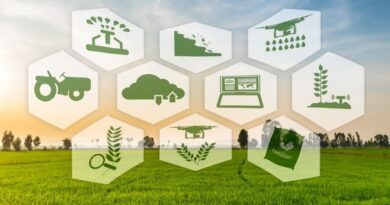
Around 78% of our atmosphere is made up of the omnipresent element nitrogen, which has enormous untapped potential for building a better, more sustainable future. Nitrogen, though frequently disregarded, has a wide range of uses that can progress agriculture, renewable energy, environmental preservation, and even space exploration.
For any living thing, nitrogen is essential. Without it, neither plants nor animals nor people could survive. The atmosphere is the main source of nitrogen. The atmosphere is composed of this gas, which is harmless, colorless, and odorless.
Two nitrogen atoms make up the nitrogen gas molecule in the atmosphere. A powerful triple bond holds the nitrogen atoms together. The nitrogen in this form is useless to plants.
In this article, we’ll look at how nitrogen can be used to solve major problems and open the door to a more sustainable and wealthy future.
Nitrogen in Agriculture
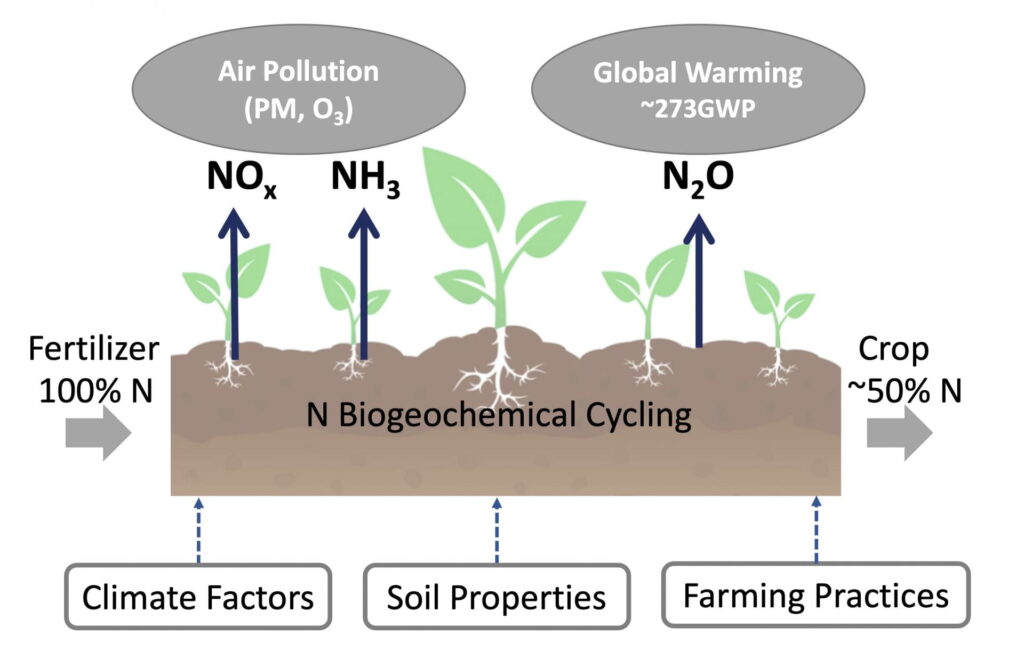
Optimizing the use of nitrogen in agriculture is vital for ensuring food security because it is an essential element for plant growth. The invention of the Haber-Bosch process at the beginning of the 20th century transformed agriculture by making synthetic fertilizers possible. However, overuse of nitrogen fertilizers has resulted in greenhouse gas emissions and water contamination, among other environmental problems. Sustainable agricultural techniques including crop rotation, precision farming, and biological nitrogen fixation are being used to increase nitrogen usage efficiency and decrease reliance on fertilizers in order to address these issues.
Nitrogen in Renewable Energy
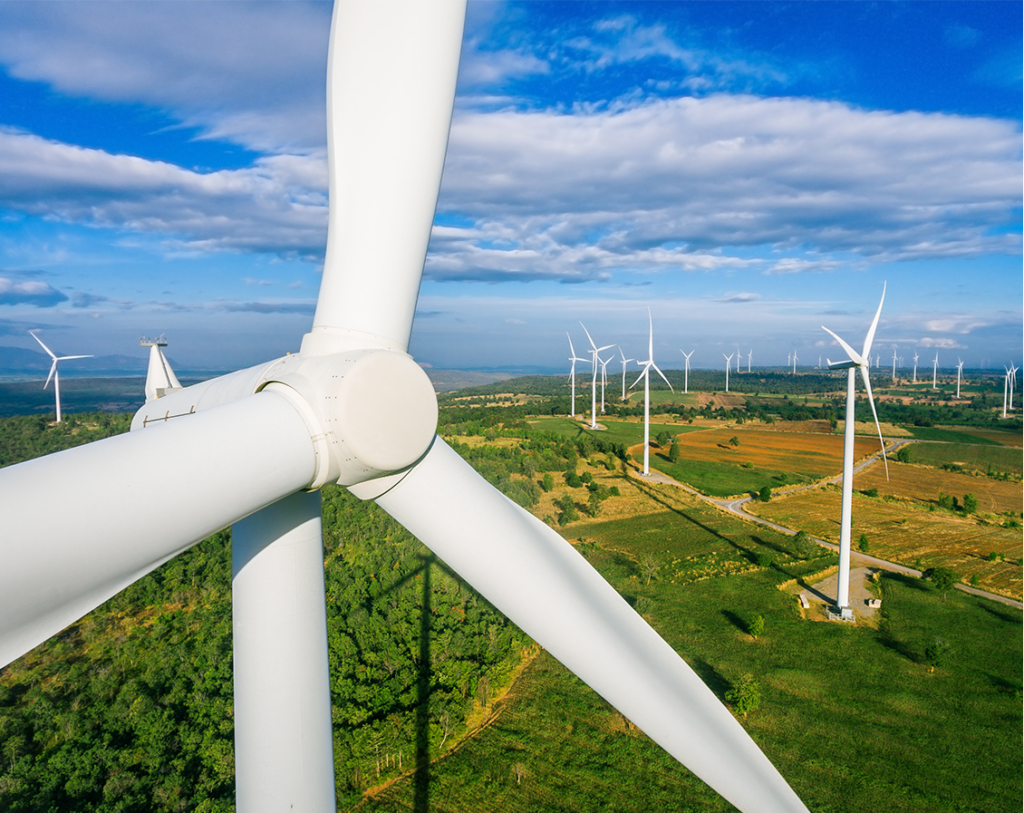
In the area of renewable energy, nitrogen can be very significant. Ammonia (NH3), a nitrogen-rich molecule, has gained attention as a potential energy source. It is made possible by the Haber-Bosch process, which effectively stores renewable energy for later use. Ammonia is a potential substitute for fossil fuels since it can be utilized as a hydrogen carrier for fuel cells or as a carbon-free fuel for electricity generation. Ammonia-based energy systems also provide benefits in terms of storage, utilization, and transportation, helping to integrate renewable energy sources into the current infrastructure.
Nitrogen in Environmental Protection
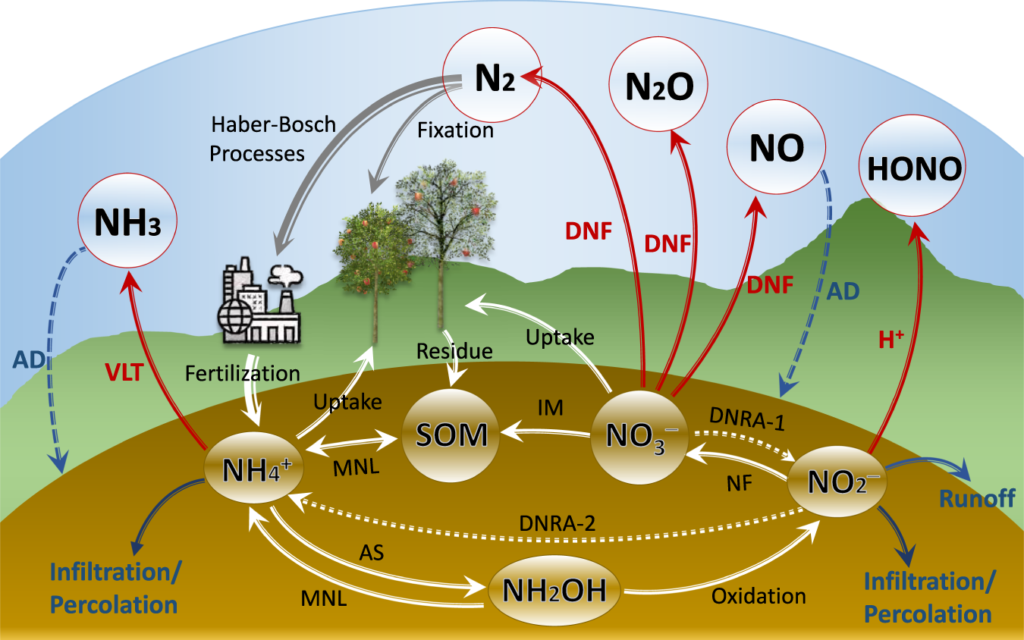
Climate change, biodiversity loss, air and water pollution, and nitrogen are all directly related to environmental problems. Industrial and agricultural processes both emit nitrous oxide (N2O), a powerful greenhouse gas. We may decrease nitrogen-related pollution and lower greenhouse gas emissions by applying enhanced nitrogen management strategies, such as optimizing fertilizer application and deploying denitrification technologies. Additionally, nitrogen-fixing plants and eco-friendly land management techniques can improve soil quality and protect biodiversity, strengthening an ecosystem’s overall resilience.
Nitrogen in Space Exploration
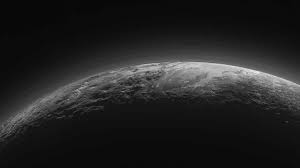
Additionally, the exploration and colonization of space depend heavily on nitrogen. It has long been common practice to employ liquid nitrogen (LN2) as a cryogenic coolant for space applications. It aids in keeping systems, such as rocket engines, at low temperatures, enabling effective propulsion. Nitrogen is an important resource for hypothetical future human expeditions to Mars because it is also a component of the Martian atmosphere. We can lessen our reliance on Earth-based resources while allowing for long-term space travel by utilizing nitrogen resources on other worlds.
The importance of utilizing nitrogen as it has potential grows as we work toward a sustainable future. Nitrogen offers a variety of opportunities for addressing urgent global concerns, from transforming agriculture to promoting renewable energy and protecting the environment. We can unleash nitrogen’s potential for the benefit of people and the environment by applying cutting-edge technologies, adopting sustainable lifestyles, and realizing its value as a resource. A more wealthy and sustainable future will be possible by embracing nitrogen in all of its forms.
Swikriti Dandotia





